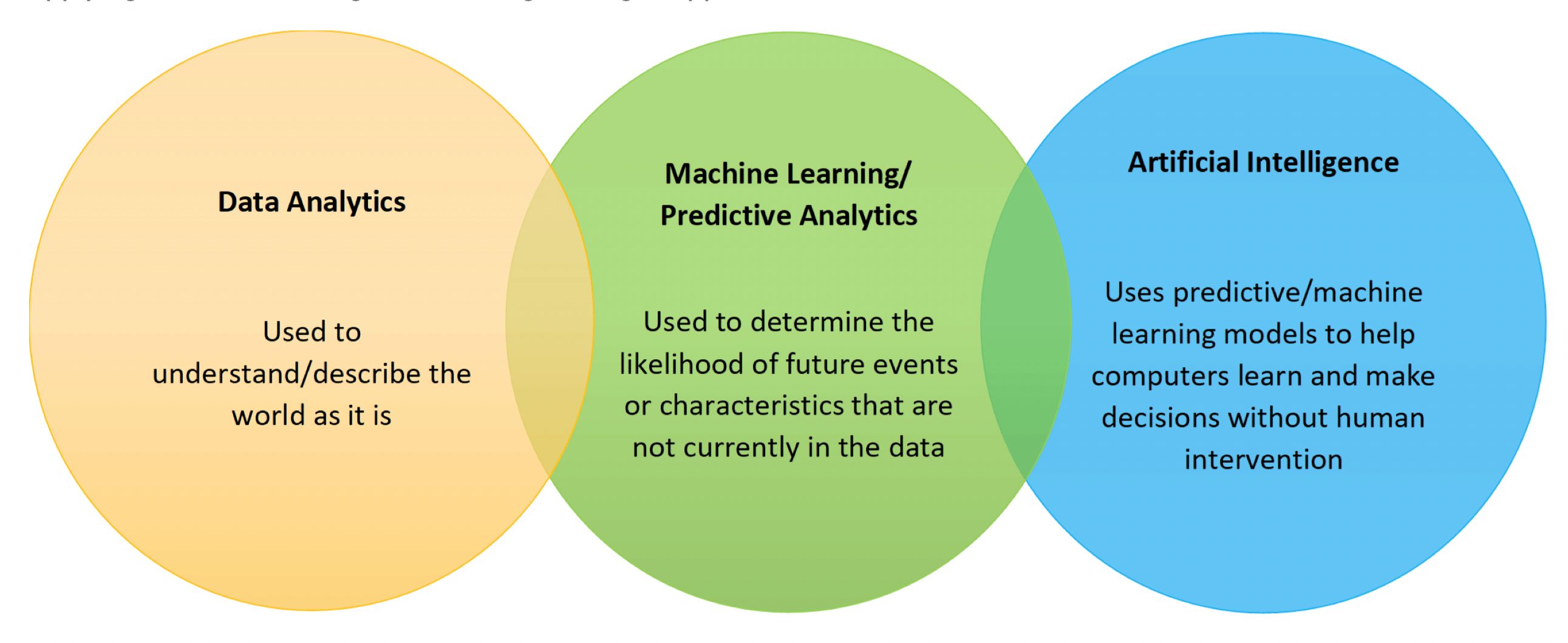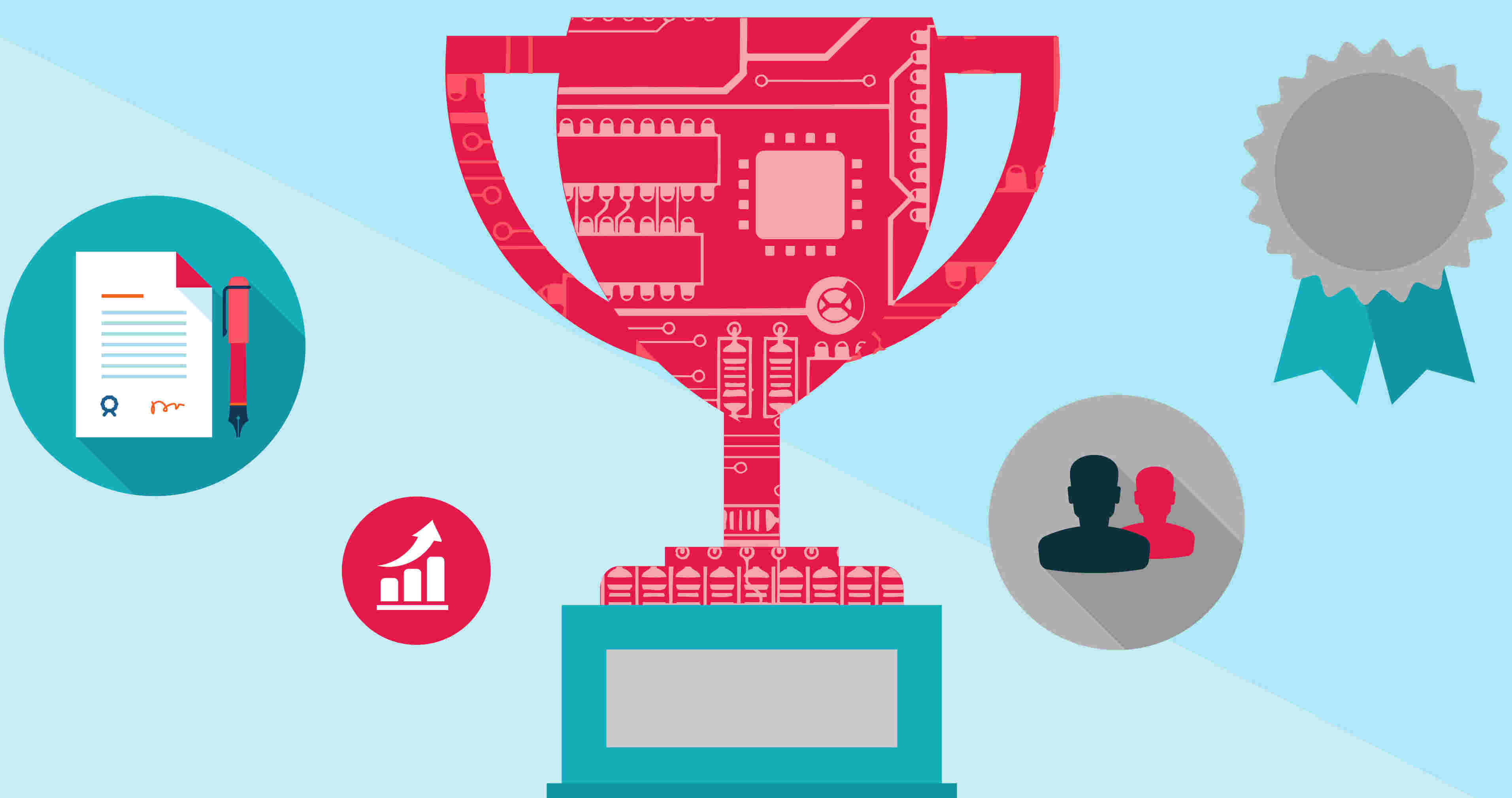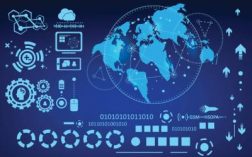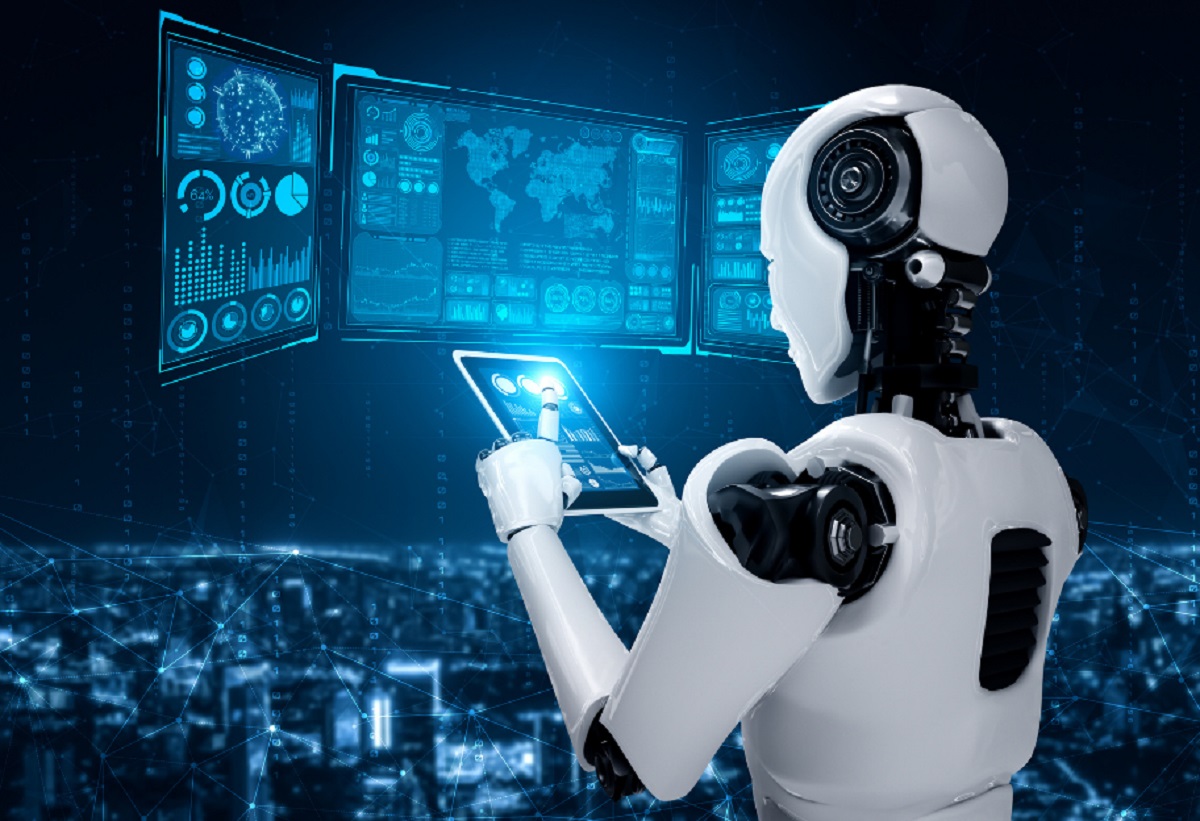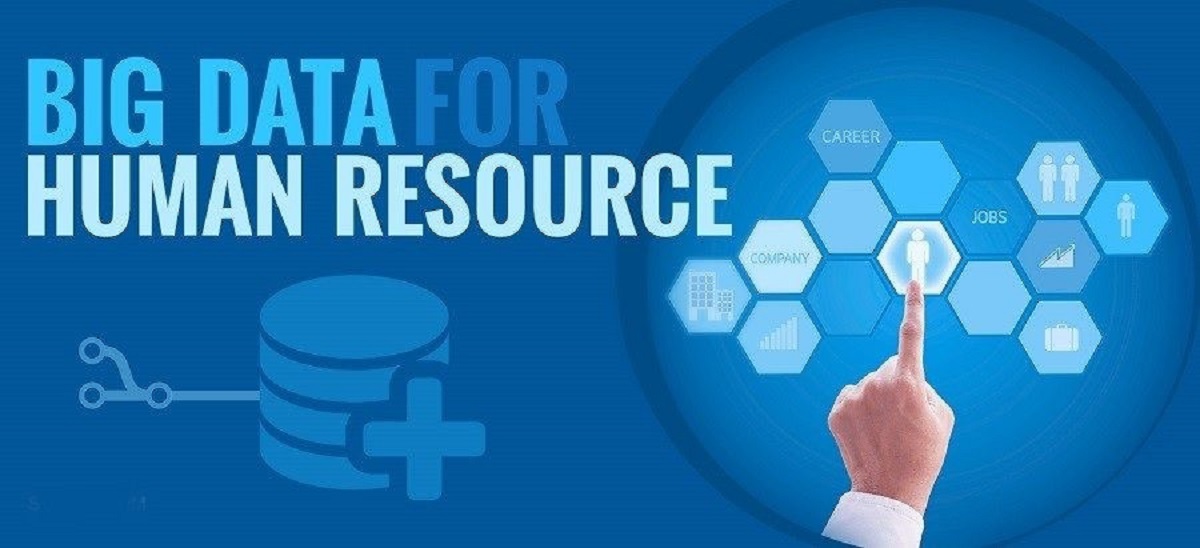Introduction
Predictive analytics and machine learning are two terms that have gained significant attention in recent years, especially in the field of data-driven decision making. As organizations continue to generate vast amounts of data, the need to extract actionable insights and make informed predictions has become crucial for staying competitive in the market.
Predictive analytics involves the use of statistical models and data mining techniques to analyze historical data and uncover patterns and trends. It aims to predict future outcomes or behaviors based on the available data. On the other hand, machine learning is an artificial intelligence (AI) approach that focuses on developing algorithms that can automatically learn and improve from experience without being explicitly programmed. It involves the use of various statistical and computational techniques to enable computers to learn from data and make accurate predictions or decisions.
While predictive analytics and machine learning are distinct concepts, they are closely related and often used interchangeably. Both share the common goal of leveraging data to gain insights and make predictions. However, there are notable differences between the two approaches.
In this article, we will explore the similarities and differences between predictive analytics and machine learning, and delve into how they work together to provide valuable insights and drive business growth. We will also discuss some real-world examples of how these technologies are being applied to solve complex problems across various industries.
Definition of Predictive Analytics
Predictive analytics is a data analysis approach that involves using statistical models and algorithms to make accurate predictions about future outcomes. It leverages historical data, patterns, and trends to identify potential future events or behaviors. By applying predictive analytics, organizations can gain valuable insights that enable them to make informed decisions, optimize processes, and mitigate risks.
At its core, predictive analytics relies on advanced statistical techniques to identify patterns and relationships in large datasets. It involves the use of various algorithms, such as regression analysis, decision trees, neural networks, and time series analysis, to uncover correlations and associations between different variables. These models are then trained on historical data to predict future outcomes with a certain degree of accuracy.
One of the key aspects of predictive analytics is the concept of scoring or assigning a probability or score to each predicted outcome. This allows organizations to prioritize and focus on high-value predictions while understanding the level of certainty associated with each prediction. By using these scores, businesses can make more informed decisions and allocate resources effectively.
Predictive analytics finds applications in a wide range of industries and use cases. For example, in healthcare, predictive analytics can be used to identify patients at risk of developing certain diseases, allowing for early intervention and personalized treatment plans. In marketing, it can help businesses target specific customer segments with personalized messages and offers, leading to higher conversion rates and customer satisfaction. In finance, predictive analytics can be employed to detect fraudulent activities and predict creditworthiness.
Overall, predictive analytics provides organizations with a powerful tool to transform raw data into actionable insights and make accurate predictions about future events or behaviors. By leveraging this approach, businesses can gain a competitive edge, optimize their operations, and achieve their goals more efficiently.
Definition of Machine Learning
Machine learning is a subfield of artificial intelligence (AI) that focuses on the development of algorithms and models that enable computers to learn from data and make accurate predictions or decisions. Rather than being explicitly programmed, machine learning models are trained on large datasets to identify patterns and relationships, allowing them to make predictions or take actions without human intervention.
The central premise of machine learning is that computers can learn from experience and improve their performance over time. This is achieved by using various statistical and computational techniques to analyze data, extract meaningful features, and build predictive models. These models can then be used to automatically make predictions or decisions based on new, unseen data.
Machine learning algorithms can be broadly classified into three main categories: supervised learning, unsupervised learning, and reinforcement learning. In supervised learning, models are trained on labeled datasets, where each data point is associated with a known outcome or label. The model learns the relationship between the input variables and the target variable. In unsupervised learning, the models are trained on unlabeled datasets, and the goal is to find patterns and structures in the data. Reinforcement learning, on the other hand, involves training models to make decisions based on feedback or rewards received from the environment.
There are various machine learning algorithms, including linear regression, logistic regression, decision trees, random forests, support vector machines, and neural networks. Each algorithm has its own strengths and weaknesses, and the choice of algorithm depends on the nature of the problem and the availability of data.
Machine learning has applications in a wide range of fields. For example, in image recognition, machine learning models can be trained to accurately classify images into different categories. In natural language processing, machine learning models can understand and generate human-like text. In recommendation systems, machine learning can be used to predict user preferences and provide personalized recommendations.
Overall, machine learning is a powerful approach that enables computers to learn from data and make accurate predictions or decisions. It has revolutionized many industries and has the potential to transform how we extract insights and make decisions in the future.
Similarities between Predictive Analytics and Machine Learning
While predictive analytics and machine learning are distinct concepts, they share several similarities in terms of their goals and methodologies. Understanding these similarities can help clarify the relationship between the two approaches.
1. Data-driven approach: Both predictive analytics and machine learning rely on the analysis of data to make informed predictions or decisions. They both require access to relevant and quality data for training models and extracting insights.
2. Use of statistical models: Both predictive analytics and machine learning employ statistical models to identify patterns and relationships in the data. They utilize algorithms to analyze historical data and uncover actionable insights.
3. Focus on prediction: Both approaches aim to predict future outcomes or behaviors based on the available data. Whether it’s predicting customer churn, stock market trends, or equipment failure, both predictive analytics and machine learning strive to forecast future events accurately.
4. Iterative learning process: Both predictive analytics and machine learning involve an iterative learning process. Models are trained on historical data, evaluated for their performance, and refined to improve accuracy over time. This iterative approach ensures continuous improvement and adaptation to changing patterns in the data.
5. Value in automation: Both predictive analytics and machine learning provide value in automating decision-making processes. By leveraging historical data and patterns, organizations can automate predictions and decisions, saving time and resources.
6. Application in various domains: Both predictive analytics and machine learning find applications in diverse industries and domains. Whether it’s healthcare, finance, marketing, or manufacturing, both approaches can be applied to solve complex problems and drive business growth.
Overall, while predictive analytics and machine learning may have distinctive characteristics, they share common ground in terms of their data-driven approach, use of statistical models, focus on prediction, iterative learning process, value in automation, and application in various domains. Understanding these similarities can help bridge the gap between the two approaches and unlock the immense potential they offer in driving data-driven decision making.
Differences between Predictive Analytics and Machine Learning
While predictive analytics and machine learning have several similarities, there are also key differences between the two approaches in terms of their scope, methodology, and application. Understanding these differences can provide a clearer picture of how they differ from each other.
1. Scope: Predictive analytics is a broader concept that encompasses various techniques and approaches for making predictions based on historical data. It includes statistical methods, data mining, and machine learning as subfields. On the other hand, machine learning is a specific subset of predictive analytics that focuses on developing algorithms that automatically learn and improve from experience without being explicitly programmed.
2. Focus: Predictive analytics primarily focuses on making predictions about future events or behaviors based on historical data. It aims to uncover patterns and trends that can aid in forecasting outcomes. In contrast, machine learning is more focused on the development and application of algorithms that can learn from data and make predictions or decisions without the need for explicit programming.
3. Human intervention: Predictive analytics often requires human experts to define and select the relevant variables, perform feature engineering, and establish the statistical models. It involves a certain level of human intervention and domain knowledge in the process. Machine learning, on the other hand, aims to automate this process by allowing algorithms to identify relevant features and patterns on their own, minimizing the need for human intervention.
4. Complexity of models: Predictive analytics typically makes use of simpler models such as linear regression, decision trees, or time series analysis. These models are easier to interpret and understand. In contrast, machine learning algorithms can be more complex and include methods like support vector machines, neural networks, or deep learning models. These models are often more powerful and can handle more complex datasets but may be harder to interpret.
5. Generalization: Predictive analytics focuses on developing models that can make predictions based on historical data. It aims for generalization, aiming to predict outcomes for new, unseen data. On the other hand, machine learning often strives for both prediction and optimization. It aims to optimize performance on specific tasks, often at the expense of generalization. Machine learning models are trained to perform well on specific datasets or tasks but may struggle with different or unexpected scenarios.
6. Application in real time: Predictive analytics can often be applied in real-time or near real-time scenarios, allowing for quick decision-making based on current data. Machine learning, on the other hand, may require more computational resources and time for training and updating models. This can limit its application in real-time environments.
Understanding the differences between predictive analytics and machine learning can help organizations choose the most appropriate approach for their specific needs. While predictive analytics offers a broader range of techniques and methods, machine learning provides a more automated and adaptable approach for extracting insights and making predictions. By understanding these differences, businesses can leverage the full potential of these approaches to drive data-driven decision making and achieve their desired outcomes.
How Predictive Analytics and Machine Learning Work Together
Predictive analytics and machine learning are highly complementary approaches that can work together synergistically to enhance data-driven decision-making processes. While predictive analytics provides a broader framework for making predictions based on historical data, machine learning algorithms play a crucial role in improving the accuracy and efficiency of these predictions.
Predictive analytics serves as the foundation for leveraging historical data to identify patterns and relationships that can be used for making predictions. It involves the use of statistical models and data mining techniques to analyze historical data, uncover trends, and develop predictive models. This process relies heavily on human expertise and domain knowledge to identify relevant variables and establish the statistical models.
Machine learning, on the other hand, automates and enhances this process by developing algorithms that can learn from the data and make accurate predictions or decisions. Machine learning algorithms can handle complex datasets and identify patterns and relationships that may be difficult for human experts to detect. These algorithms can automatically extract meaningful features from the data, optimize model parameters, and continuously learn from new data to improve predictions over time.
One of the key benefits of combining predictive analytics and machine learning is their ability to handle large and complex datasets. Relying solely on human-driven predictive analytics may be challenging when dealing with immense amounts of data. Machine learning algorithms excel at handling big data and can handle a wide range of variables and interactions to generate more accurate predictions.
Additionally, machine learning algorithms can enhance the predictive models developed in predictive analytics by providing capabilities such as ensemble methods, deep learning, and reinforcement learning. Ensemble methods, such as random forests or gradient boosting, combine multiple models to achieve better predictive performance. Deep learning models, which are a subset of machine learning, can uncover intricate patterns in complex datasets by simulating the functioning of a human brain. Reinforcement learning algorithms can optimize decision-making processes by learning from feedback and rewards.
By utilizing machine learning algorithms within the predictive analytics framework, businesses can benefit from improved prediction accuracy, enhanced scalability, and more advanced decision-making processes. These approaches can help organizations uncover hidden insights from their data, make more informed predictions, and drive better business outcomes.
Overall, predictive analytics and machine learning can work together seamlessly, leveraging their respective strengths to enhance data-driven decision-making processes. Predictive analytics provides the foundation for making predictions based on historical data, while machine learning algorithms improve the accuracy and efficiency of these predictions by automating and optimizing the learning process. By combining these approaches, organizations can unlock the full potential of their data and gain a competitive edge in today’s data-driven world.
The Role of Predictive Analytics and Machine Learning in Business
Predictive analytics and machine learning play crucial roles in driving business success in today’s data-driven world. They enable organizations to leverage data assets, gain valuable insights, and make informed decisions. Here are some key roles these approaches play in business:
1. Improved decision-making: Predictive analytics and machine learning provide powerful tools for data-driven decision-making processes. By analyzing historical data and uncovering patterns and trends, organizations can make accurate predictions about future outcomes. Whether it’s optimizing marketing campaigns, predicting customer behavior, or identifying operational inefficiencies, these approaches empower businesses to make informed decisions based on data insights.
2. Enhanced customer experience: Predictive analytics and machine learning enable organizations to personalize their offerings and deliver tailored experiences to customers. By analyzing customer data, such as purchase history, browsing behavior, and demographic information, businesses can predict customer preferences, anticipate needs, and provide personalized recommendations. This leads to improved customer satisfaction, increased engagement, and higher conversion rates.
3. Risk mitigation: Predictive analytics and machine learning can help organizations identify and mitigate potential risks. By analyzing historical and real-time data, these approaches can predict and detect anomalies, fraudulent activities, and potential failures. This enables businesses to take proactive measures to prevent and mitigate risks, protecting their assets, reputation, and financial stability.
4. Operational efficiency: Predictive analytics and machine learning optimize processes and improve operational efficiency. By analyzing historical data and identifying patterns, organizations can identify bottlenecks, optimize resource allocation, and streamline operations. This leads to cost savings, improved productivity, and greater efficiency in various areas, such as supply chain management, inventory optimization, and workforce planning.
5. Competitive advantage: Predictive analytics and machine learning provide businesses with a competitive edge in the market. By leveraging data-driven insights, organizations can identify market trends, understand customer preferences, and make strategic decisions. This allows businesses to anticipate market changes, develop innovative products and services, and stay ahead of the competition.
6. Continuous improvement: Both predictive analytics and machine learning promote continuous improvement and adaptation. By leveraging feedback and new data, organizations can refine their models and algorithms, improving prediction accuracy and optimizing decision-making processes over time. This enables businesses to stay agile, respond to changing market conditions, and continuously enhance their performance.
In summary, predictive analytics and machine learning have pivotal roles in driving business success. They enable organizations to make data-driven decisions, enhance the customer experience, mitigate risks, improve operational efficiency, gain a competitive advantage, and foster continuous improvement. By harnessing the power of these approaches, businesses can unlock the true potential of their data and thrive in today’s data-driven economy.
Real-World Examples of Predictive Analytics and Machine Learning Applications
Predictive analytics and machine learning have found applications across various industries, revolutionizing decision-making processes and driving business growth. Let’s explore some real-world examples of how these approaches are being used:
1. Healthcare: Predictive analytics and machine learning are transforming healthcare by improving patient care and optimizing resource allocation. For instance, predictive analytics can identify patients at risk of developing chronic conditions, enabling early intervention and personalized treatment plans. Machine learning algorithms can analyze medical imaging data to detect anomalies and diagnose diseases with high accuracy.
2. Finance: In the financial sector, predictive analytics and machine learning algorithms are used for fraud detection and credit risk assessment. These approaches can analyze data patterns and historical transaction data to identify potential fraudulent activities. Machine learning models can also predict creditworthiness based on various factors, helping financial institutions make informed lending decisions.
3. Marketing: Predictive analytics and machine learning are valuable in marketing for customer segmentation and personalized targeting. These approaches can analyze customer data, browsing behavior, and purchase history to identify customer segments and deliver targeted marketing campaigns. Recommendation systems powered by machine learning can provide personalized product recommendations to customers, leading to higher conversion rates and customer satisfaction.
4. Manufacturing: Predictive analytics and machine learning play a significant role in optimizing manufacturing processes. For example, these approaches can analyze sensor data and historical maintenance records to predict equipment failures, enabling proactive maintenance and minimizing downtime. Machine learning algorithms can also optimize production schedules and resource allocation to improve efficiency and reduce costs.
5. Supply Chain Management: Predictive analytics and machine learning are applied in supply chain management to optimize inventory levels, demand forecasting, and logistics. These approaches can analyze historical sales data, external factors like weather patterns, and market trends to predict future demand. Machine learning algorithms can optimize inventory levels and streamline logistics to ensure timely and cost-efficient delivery.
6. Energy Grid Management: In the energy sector, predictive analytics and machine learning models are used in grid management and renewable energy forecasting. These approaches can analyze historical weather data, energy usage patterns, and other variables to predict future energy demand and optimize energy production and distribution. This helps improve grid stability, reduce costs, and promote the integration of renewable energy sources.
These are just a few examples of how predictive analytics and machine learning are transforming industries. The applications are diverse and continue to expand as organizations see the value in leveraging data-driven insights for improved decision-making, increased efficiency, and better customer experiences.
Challenges and Limitations of Predictive Analytics and Machine Learning
While predictive analytics and machine learning offer immense potential in driving data-driven decision-making processes, they also come with a set of challenges and limitations that organizations must be aware of. Understanding these challenges is crucial for making informed decisions and effectively implementing these approaches:
1. Data quality and availability: Predictive analytics and machine learning heavily rely on the availability of high-quality, relevant, and reliable data. Challenges may arise when data is incomplete, inconsistent, or of poor quality. Insufficient data or biased datasets may lead to inaccurate predictions or biased models. Organizations need to invest in data collection, cleansing, and quality assurance processes to ensure the effectiveness of these approaches.
2. Overfitting and generalization: Overfitting occurs when a machine learning model performs exceptionally well on the training data but fails to generalize to new, unseen data. This can result in poor performance and inaccurate predictions when the model is applied in real-world scenarios. Striking a balance between model complexity and generalization is crucial to avoid overfitting and ensure that the model can handle new, unseen data effectively.
3. Interpretability: Many machine learning algorithms, such as neural networks or ensemble methods, are often considered black-box models. They may provide accurate predictions, but the internal workings of the model may not be easily interpretable. This lack of interpretability may limit the ability to understand and explain the reasoning behind the model’s predictions, leading to challenges in gaining trust and acceptance from stakeholders.
4. Ethical considerations: Predictive analytics and machine learning models are susceptible to biases present in the data they are trained on. If the training data contains biases related to race, gender, or other sensitive attributes, the model may perpetuate and amplify those biases in its predictions. Organizations need to carefully consider and address ethical concerns to ensure fair and unbiased outcomes when implementing these approaches.
5. Scalability and computational resources: Machine learning models, especially complex ones, can require significant computational resources and time for training and updating. As datasets and dimensions grow, scalability becomes a challenge. Organizations need to ensure sufficient computational infrastructure and resources to handle large-scale data processing and model training.
6. Expertise and talent: Implementing predictive analytics and machine learning requires a skilled workforce with expertise in data analysis, statistics, programming, and domain knowledge. Organizations may face challenges in sourcing and retaining talent with the necessary skills to effectively leverage these approaches. Building a data-driven culture and investing in training and development programs can help address this challenge.
It is important for organizations to acknowledge and address these challenges and limitations when implementing predictive analytics and machine learning. By understanding these limitations and taking appropriate measures, businesses can overcome obstacles and harness the true potential of these approaches to make accurate predictions, optimize decision-making, and drive positive outcomes.
Conclusion
Predictive analytics and machine learning are powerful tools that have revolutionized the way organizations extract insights, make predictions, and drive decision-making processes. They enable businesses to leverage vast amounts of data to gain a competitive edge, optimize operations, and deliver enhanced customer experiences.
Predictive analytics provides a framework for analyzing historical data, uncovering patterns, and making informed predictions about future outcomes. Machine learning, on the other hand, automates and improves this process by developing algorithms that can learn from data and make accurate predictions or decisions.
These approaches work synergistically, with predictive analytics providing a broader framework and machine learning algorithms enhancing accuracy and efficiency. They are used across various industries, such as healthcare, finance, marketing, manufacturing, and supply chain management, to drive data-driven decision-making processes and achieve better business outcomes.
However, it is important to acknowledge the challenges and limitations associated with these approaches. Ensuring data quality, addressing biases, interpreting complex models, and investing in talent and resources are crucial for successful implementation.
As organizations continue to generate and collect enormous amounts of data, the role of predictive analytics and machine learning will continue to grow in importance. Embracing these approaches and harnessing the potential of data-driven insights will be key for organizations to stay competitive, adapt to changing market conditions, and thrive in the data-driven economy.







